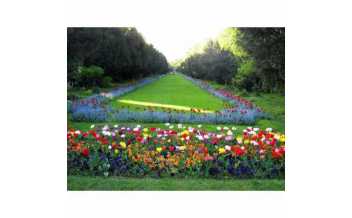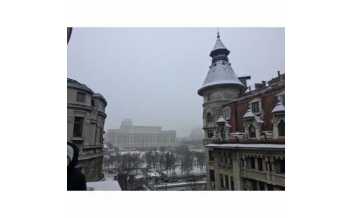Explore More
Activities
-
Antipa Museum, Bucharest
One of the oldest museums in Bucharest, the Grigore Antipa Museum of Natural...
-
-
-
Cișmigiu Gardens, Bucharest
Bucharest’s oldest green space, the Cișmigiu Gardens was opened in 1847 and...
-
Dimitrie Gusti National Village Museum,...
More than 100 manufactured life-size farm buildings and churches, showcasing...
-
George Enescu National Museum, Bucharest
Known for being the home of legendary composer George Enescu, this grand Art...
-
Izvor Park, Bucharest
Offering some of the best views of the grand Palace of Parliament, the land...
-
Kiseleff Park, Bucharest
One of the oldest parks in Bucharest, the forestry here was cleared in the...
-
National Museum of Romanian History,...
Situated in the spectacular neo-classical ‘Post-Office’ Palace, this museum...
-
Palace of Parliament, Bucharest
The dictator of Communist Romania, Nicolae Ceaușescu, commissioned this...
-
Parcul Grădina Icoanei, Bucharest
This charming little outdoor space is a sea of green in the middle of the...
-
Romanian Athenaeum, Bucharest
Undoubtedly one of the most iconic buildings in the city, the Romanian...
-
Stavropoleos Monastery Church, Bucharest
This eastern orthadox monastery is dedicated to the Archangels Michael and...
-
The Arch Of Triumph, Bucharest
A symbol of Romanian independence, the original Arch of Triumph was built in...
-
The National Museum of Art of Romania,...
There are over 70,000 pieces of art on offer, split into two galleries within...
-
Vacaresti Park Nature Reserve, Bucharest
The swampy land here began as a hydro-technical project and artificial lake...






















